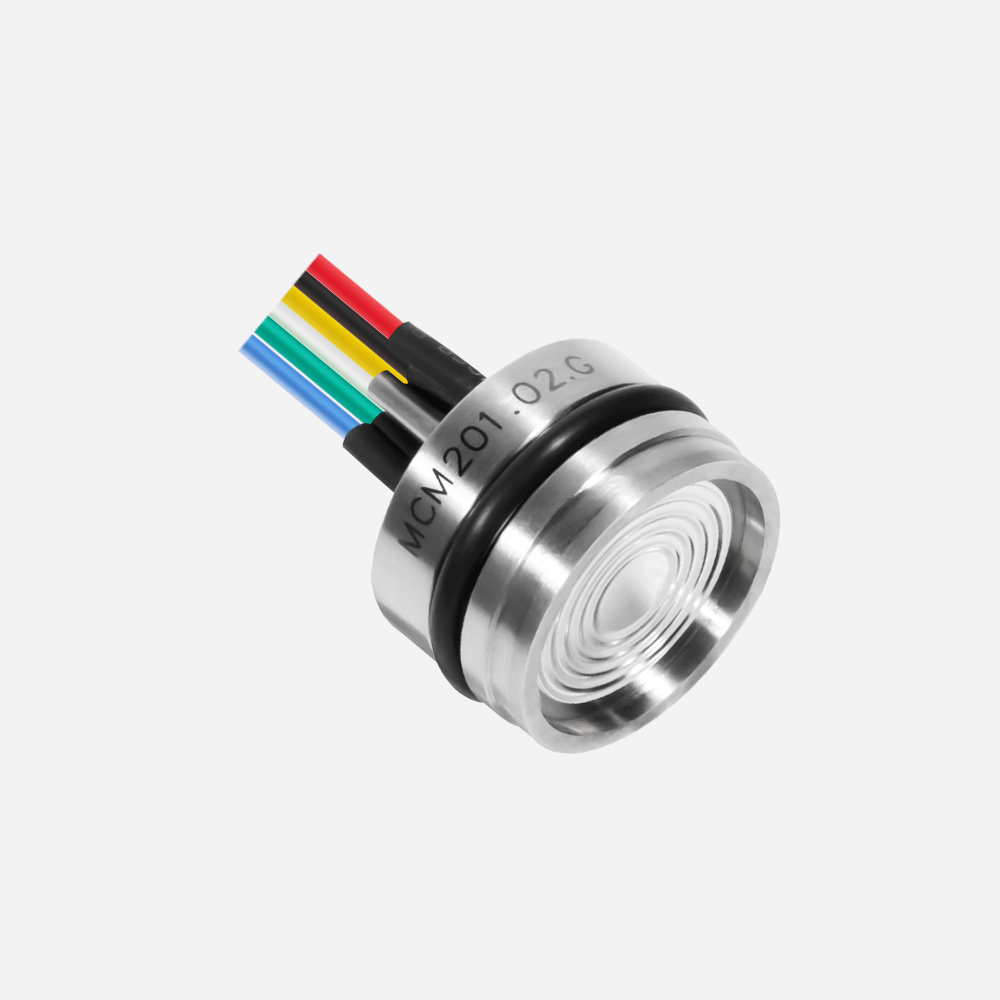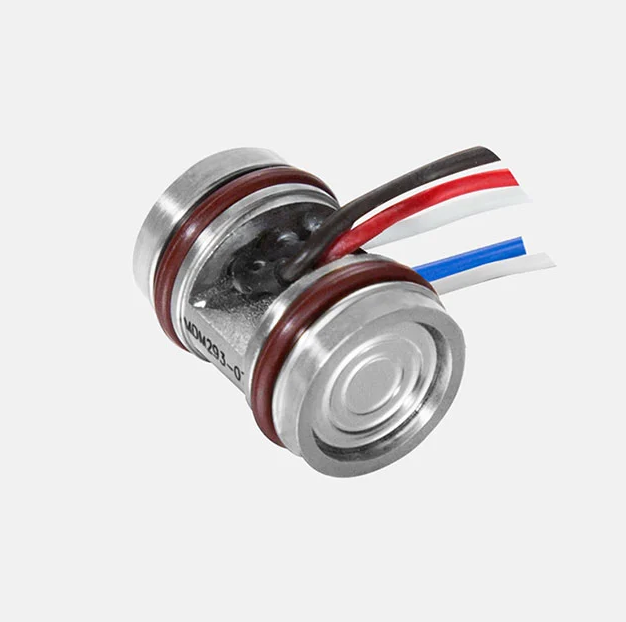When it comes to pressure sensors and the hydropower industry, many people may not know just how important they are. This blog post will discuss pressure sensors and their function in automatic monitoring solutions for hydropower plants. We will also give three real-world examples to help illustrate just how pressure sensors work in this type of environment.
What are pressure sensors?
Pressure sensors are devices that are used to measure the pressure of a fluid or gas. The pressure sensor consists of a sensing element and a transducer. The sensing element is usually made from piezoelectric, piezoresistive, or capacitive materials. The transducer then converts the pressure into an electrical signal.

Where are pressure sensors used?
Pressure sensors are used in various industries but are especially important in the hydropower industry. The hydropower industry is responsible for generating electricity from moving water. To generate electricity, hydropower plants need to have a way to monitor the pressure of the water that is flowing through them.
This is where pressure sensors come in. Automatic monitoring solutions for hydropower plants use pressure sensors to monitor the pressure of the water in the pipes. It does this by constantly measuring the pressure of the water and then sending that information to a central control unit.
Why are pressure sensors important?
The pressure sensor is an important part of the automatic monitoring solution because it helps ensure that the hydropower plant operates safely and efficiently. If there is a problem with the pressure in the pipes, it can cause serious damage to the hydropower plant. This information is then used to control water flow through the pipes, which helps ensure that the plant operates safely and efficiently.
Examples of pressure sensors
There are many pressure sensors, as mentioned before. We will, however, talk about three common ones. These are piezoelectric pressure sensors, piezoresistive pressure sensors, and capacitive pressure sensors. Each type of pressure sensor has its advantages and disadvantages.
Piezoresistive pressure sensor
The piezoresistive pressure sensor is used in the automatic monitoring solution for hydropower plants. This type of pressure sensor is very accurate and is the most common.
Piezoelectric pressure sensors
Piezoelectric pressure sensors use a piezoelectric crystal to generate an electrical signal when pressure is applied to the crystal. The electrical signal can then be used to measure the pressure of the fluid or gas. They are used in a variety of applications, including automotive pressure sensors, medical pressure sensors, and industrial pressure sensors.
Piezoelectric pressure sensors are also used in microphones to convert sound pressure into an electrical signal. The electrical signal can then be amplified and used to reproduce the sound.
Capacitive pressure sensors
On the other hand, capacitive pressure sensors use a pressure-sensitive capacitor to measure pressure. The pressure of the fluid or gas is converted into an electrical signal. Capacitive pressure sensors are less common than piezoelectric pressure sensors, but they have some advantages over piezoelectric pressure sensors, the biggest being that they are not as sensitive to temperature changes.
Pressure sensors are essential to many different types of devices and systems. Without pressure sensors, measuring the pressure of fluids and gases would be difficult, compromising safety and efficiency.
Visit Businessfig for more articles.







